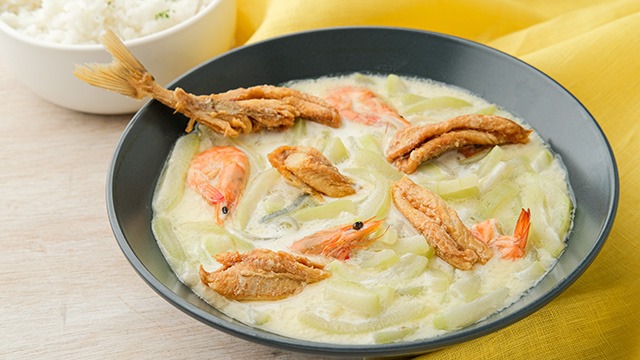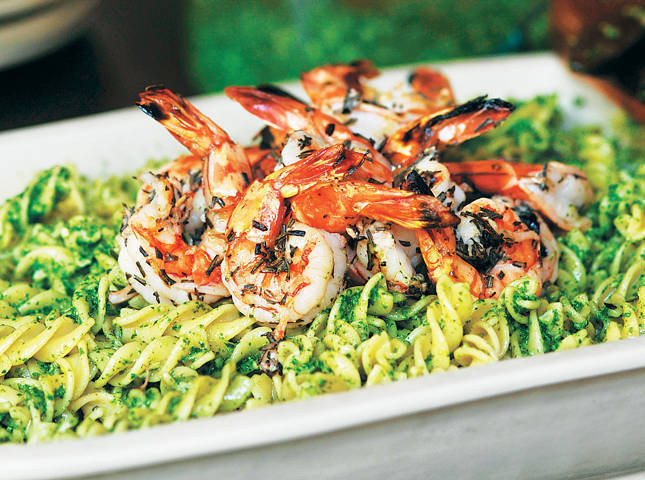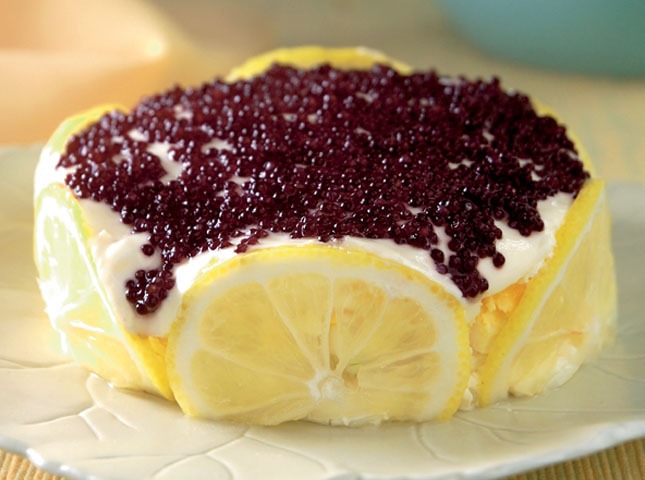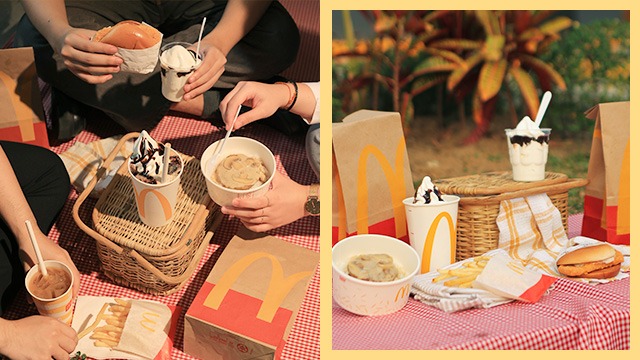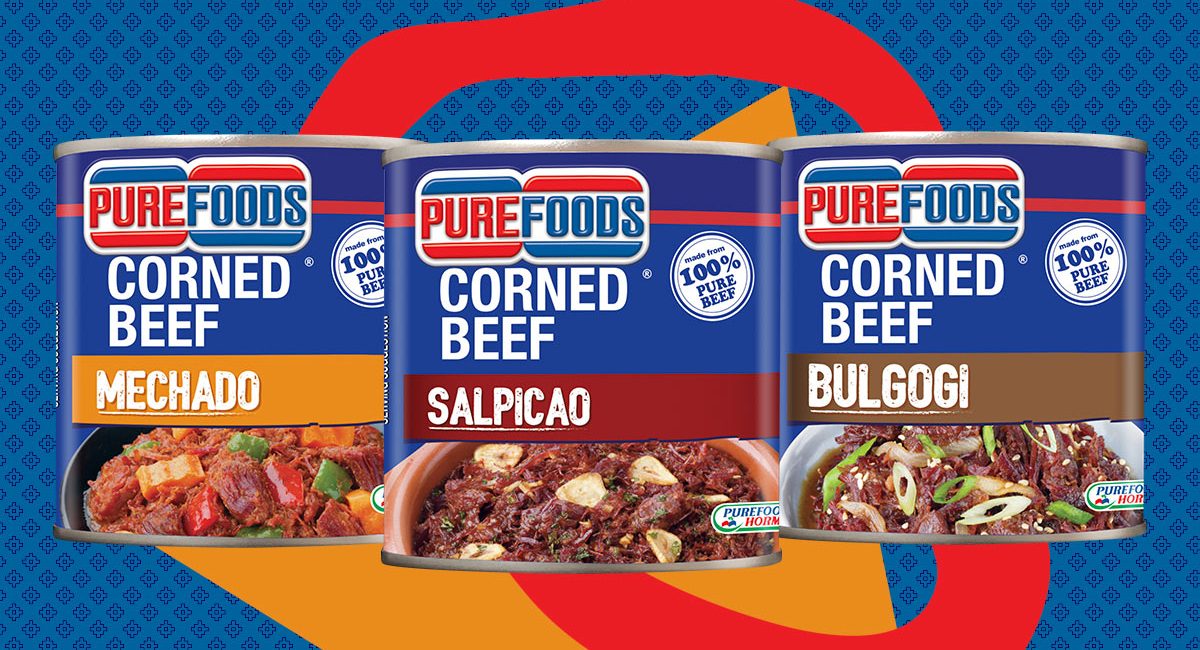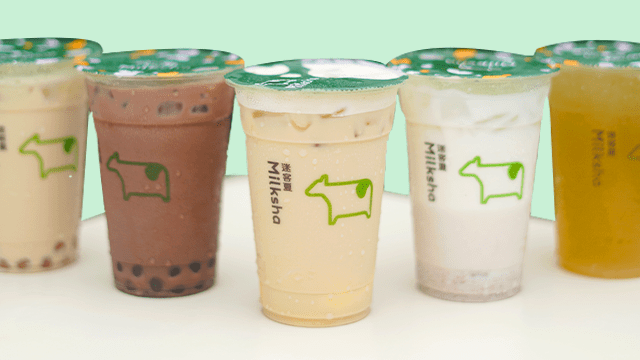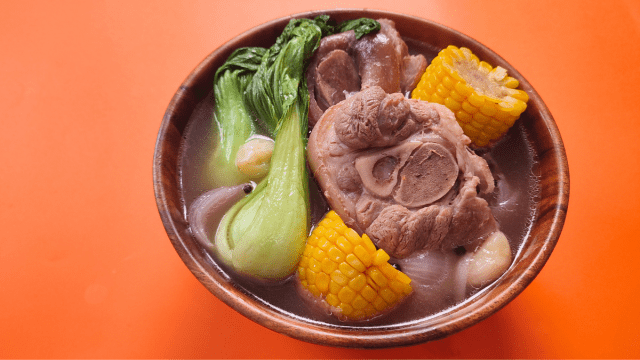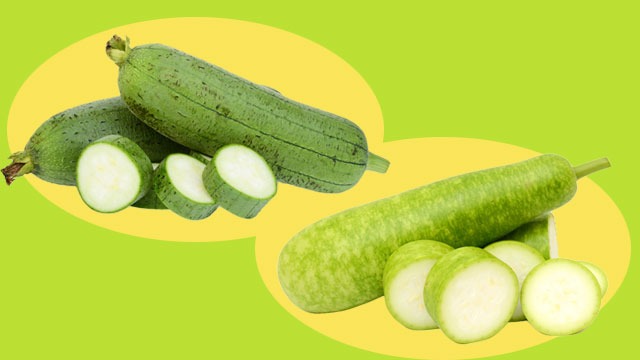
If you are not exposed to a certain food at home on a regular basis, a visit to the palengke sometimes makes you wonder what vegetable you’re looking at. Some have odd shapes and textures while others are surprisingly tiny or amazingly big.
Take for instance the patola and the upo. These are two vegetables that you might recognize in the “Bahay Kubo” song but might be unfamiliar with. Both are considered gourds. Similar to other gourds, the patola and the upo are completely edible, including the rind and the seeds so there’s no need to peel when preparing. Both have tender flesh so the vegetable easily cooks in minutes when simmered in some hot broth. This is commonly done since both the upo and the patola are both vegetables are used in easy recipes such as misua or simply in a soupy ginisa recipe.
However, if you are unfamiliar with these two vegetables, you may not be able to determine which is which when you’re at the market.
If you’re too shy or intimidated to ask the vendor, here’s what you should know plus pictures so you know what you’re looking at the next time you go to the produce section.
1 Upo is known as the bottle gourd. The patola is known as the sponge gourd.

The upo is called a bottle gourd. The “bottle” term is taken from its smooth shape and texture, plus its slender neck as it tapers toward the stem that does look like a bottle. The bottle gourd is also known as the calabash. It’s commonly a light green in color and can be speckled with even lighter shades of green along its length. It has firm flesh.
The patola meanwhile is smaller, shorter, and more slender than the upo, but has a rougher skin that is dotted with what seem like ridges or even incomplete ribs along its length. It’s slightly soft thatwill yield when pressed but will bounce back, hence the term, sponge.
2 Upo can be fuzzy. The patola can be ribbed.
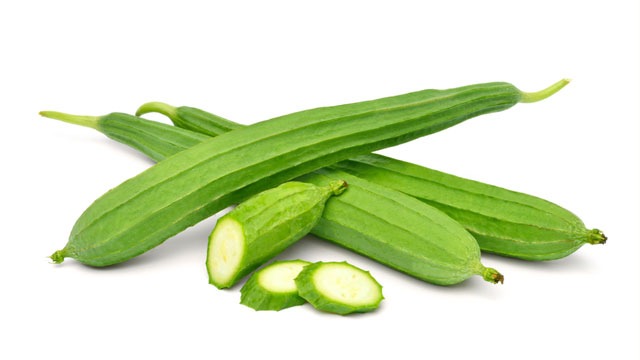
The patola is also known as the luffa gourd. If you have ever seen and felt the texture of the loofah, then you know that it has ribs running down the length of it and has a rough texture. This looks similar to the texture of the loofah.
The upo is commonly smooth but it can also be found with a fuzzy layer on its rind. These can be peeled before cooking to avoid any itchy feeling when eating if desired.
Recommended Videos
3 The upo can grow huge!

Unlike the patola which grows to several inches, the upo can grow quite huge in size. Because of its sheer size which can easily grow to 2 feet in length and longer, it’s common to see this vegetable already divided into portions at the palengke or even some supermarkets.
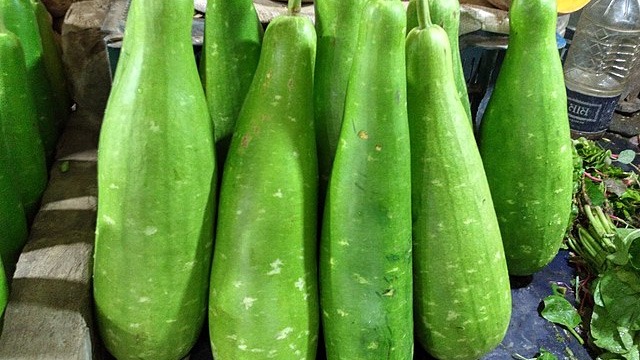
However, it should be noted that similar to most food, the younger the vegetable, the more tender the flesh will be. You’ll find that the seeds will be at their most edible when you pick a smaller vegetable. If you do only find more mature vegetables in the market, you can remove and discard the seeds inside and peel the rind to yield a dish with a more tender vegetable.
Now that you know more about these two vegetables from the “Bahay Kubo” song, here are three easy recipes to try if you’re willing to give these two vegetables a try:
Ginisang Upo (Sauteed Upo) Recipe
Ginataang Upo With Fried Fish Recipe
***

